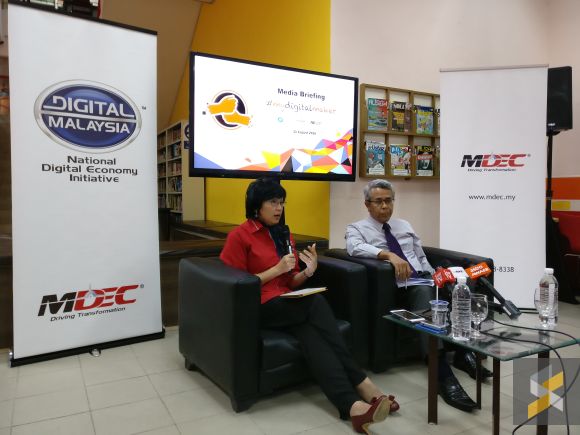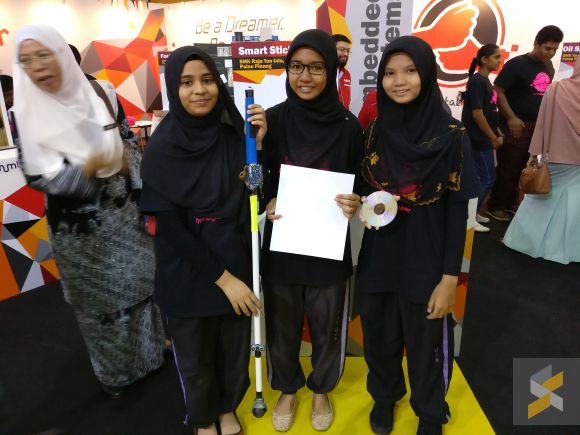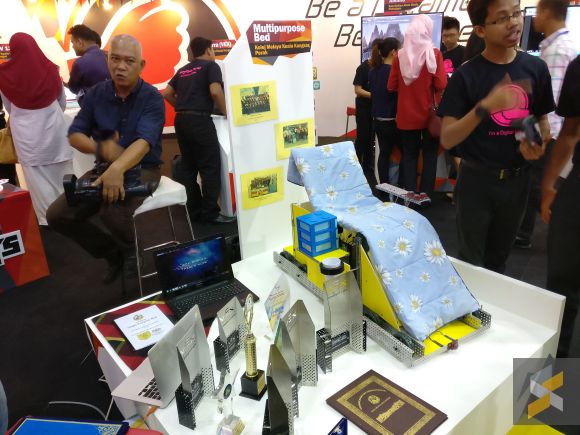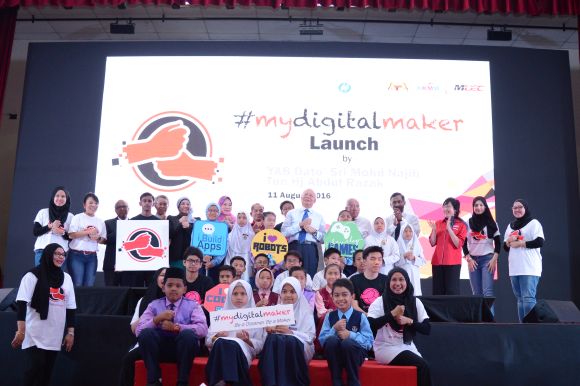When MDEC announced that coding would be integrated into Malaysia’s national school curriculum, I was a little disappointed to see that many were caught up with how the program would fail rather than see how much benefit this would bring to our youth.
Perhaps the negativity was justified because when it was first announced, details were a little scarce and the overall direction and how it was going to be implemented was a little too vague. Today though, at the launch of the My Digital Maker program, MDEC and the Ministry of Education (MoE) got together and went into further detail on exactly how coding would be implemented into our national school curriculum.
How will it work?
Firstly, the implementation of coding and programming into our curricula would be under Computational Thinking, which will be integrated into the new Standard Based Curriculum for Primary (KSSR) and Standard Based Curriculum for Secondary (KSSM) starting January of 2017. This integration is said to benefit over 1.2 million students in over 10,000 schools nationwide next year.
Next will be how Computational Thinking will be integrated into the curricula. According to the MoE, this can be separated into two distinct standards — Primary and Secondary. Students on the Primary level (Standard 1-6) will be taught coding, while students on the Secondary level (Form 1-5) would be taught more advanced programming.
At the Primary level, Computational Thinking would be fully integrated into the school syllabus where the primary goal is to teach students the problem solving skills and critical thinking aspect of coding with tools like Scratch. This is so that it becomes more meaningful and students can see how this skill can be applied to practical situations. On the other hand, once they get to the Secondary level, it becomes a compulsory elective subject where students will be exposed to programming language like Python and markup language like HTML.
But curriculum is just one part of this master plan. It also extends to extra curricular activities like Digital Maker Clubs, which MDEC has helped structure, as well as the industry-led Digital Maker Hubs which are designed to identify and nurture talented young individuals. Currently there are already 6 Digital Maker Hubs but MDEC hopes to increase that number to 14 by the end of the year.
OK that’s great, but who’s going to teach?

Well, the teachers, obviously. According to MDEC and MoE they’ve trained over 9,200 teachers already during the first phase of this roll-out, and will continue to train even more, looking to fully train the entire teaching force by the year 2020. Right now, the educator training is focused on those who need it most, i.e., teachers who teach Standard 1, Form 1 and Form 4 — the first wave of Computational Thinking that’s set to begin January next year.
What about the equipment needed?
Well, this is where many misconceptions from the general public happen. You don’t really need expensive or extensive equipment to be able to effectively teach coding. MDEC also adds that many schools already have computer labs so all they would need to do is download the software into the PC. MDEC CEO Yasmin Mahmood, who is a Computer Science graduate herself, also says when it comes to algorithms and programming, the thinking (problem solving) is one of the most important aspects. And thinking does not require sophisticated or high-tech gadgetry.
Besides, if you want simple apps and games that you can teach your kids at home coding with, we’ve got a great selection right here.
In the long run
You can be as pessimistic as you want, but I think it’s a great step in the right direction. Embedding critical problem solving skills and instilling it in the young minds of our generation can only lead to good. Even if they don’t end up as computer programmers, app developers or video game creators, it doesn’t matter because they’ve picked up a life skill.
And honestly, the mindset that our youth are “not smart enough” or will “struggle” with this is just toxic. Have you so little faith in our young minds? My eyes were certainly opened when I saw the demonstration MDEC had set up, featuring kids from a bunch of schools and their, frankly brilliant, inventions. Inventions like this quirky door that unlocks with a programmable knocking rhythm:
Or this smart walking stick for the blind(that kind of looks like a lightsaber) with buzzers, velcro, an ultrasonic sensor and a wheel:

Or this wheelchair-bed hybrid with remotely operated shelf that can open and close drawers automatically at preset times:

These are absolutely brilliant. Sure, there will be struggling and some will not take to these new subjects as well as others, but to dismiss something just because you have to struggle for it goes against everything we Malaysians stand for. Did we not struggle and fight for our independence? Imagine what would have happened if our leaders back then said, “oh it’s too difficult, forget it”. We’d still be under the thumb of a country that decided exiting the EU was a brilliant idea.









